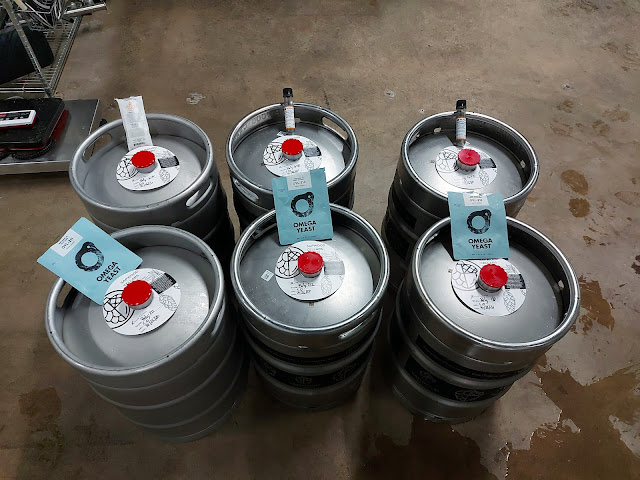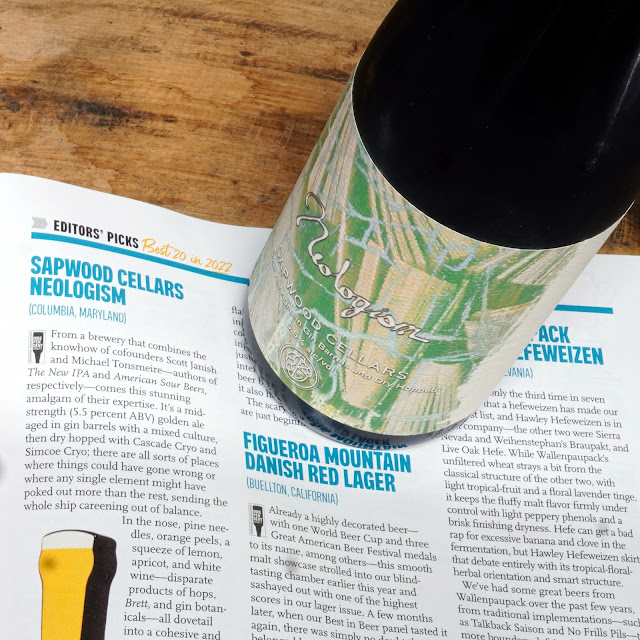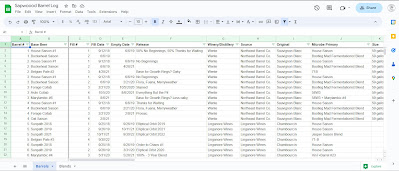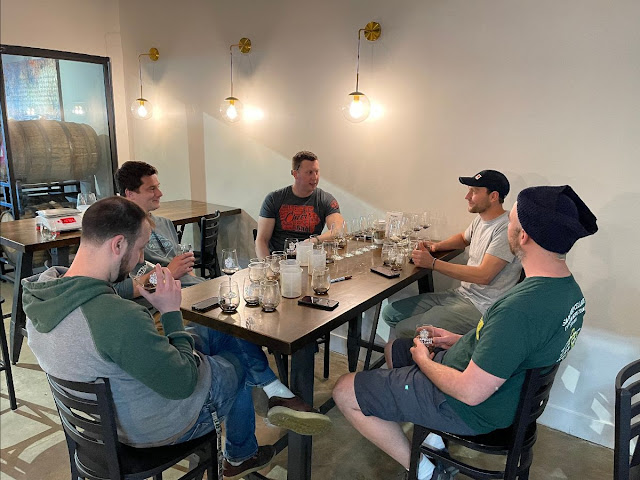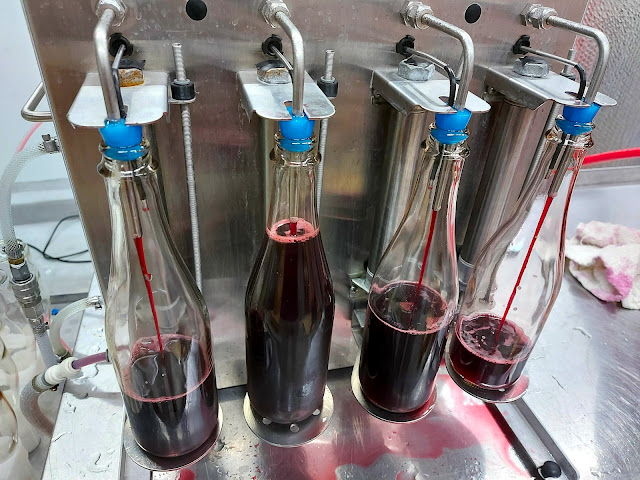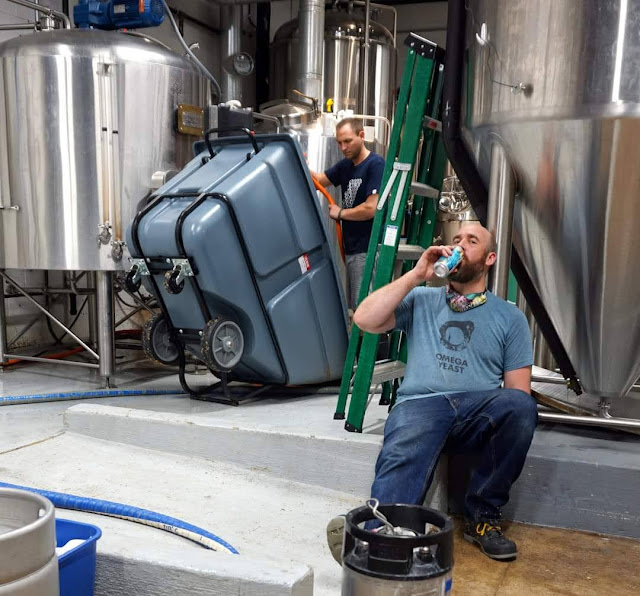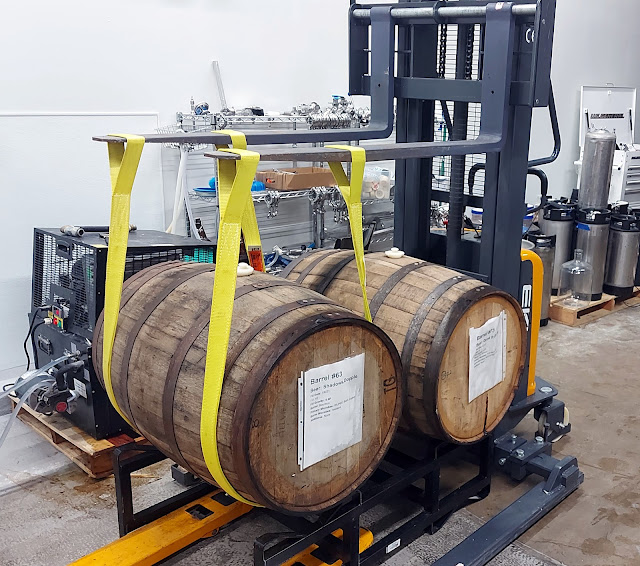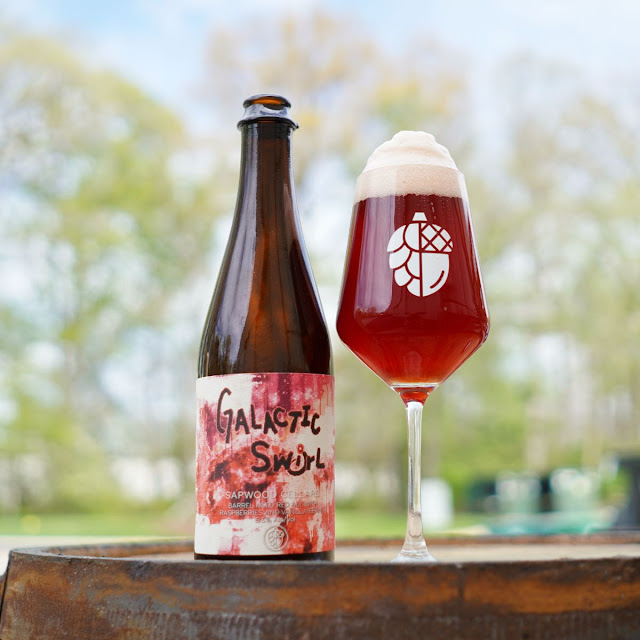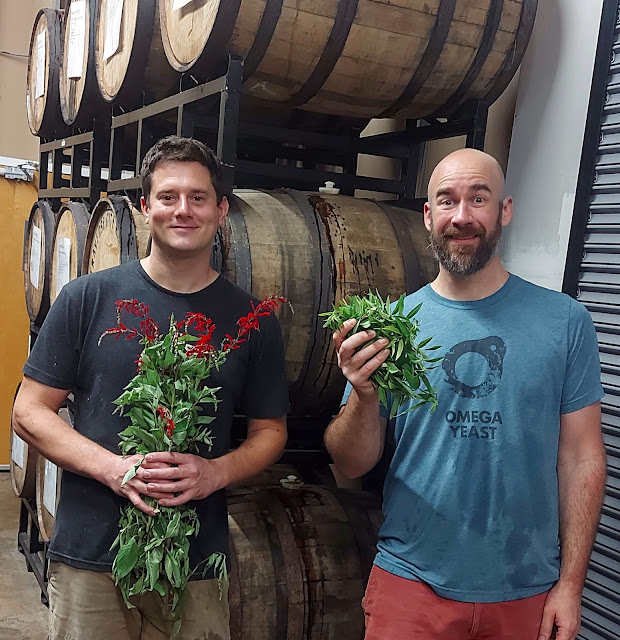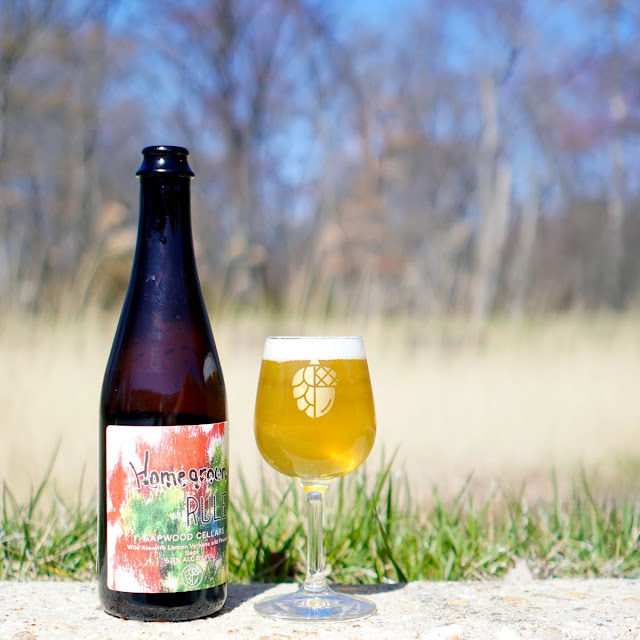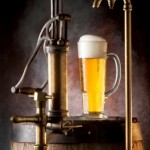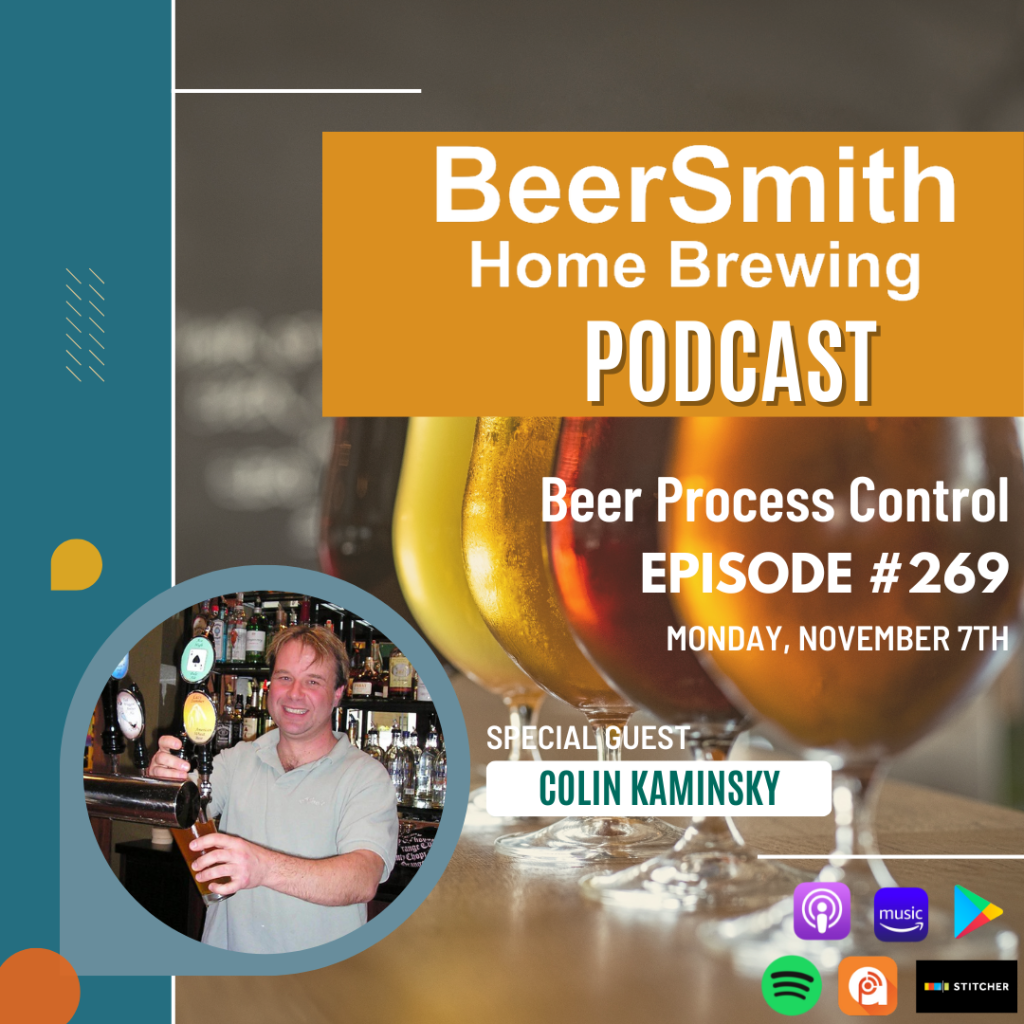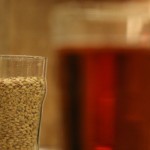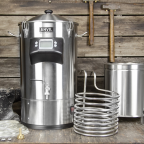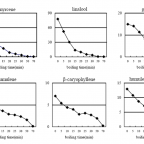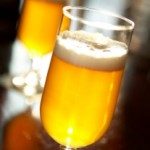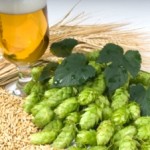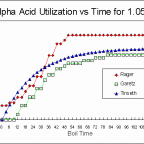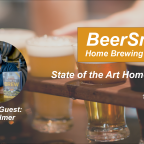 John Palmer joins me this week to discuss the state of the art in homebrewing and also shares his top five homebrewing priorities. Subscribe on iTunes to Audio version or Video version or Spotify or Google Play Download the MP3 File– Right Click and Save As to download this mp3 file. Your browser does not […]
John Palmer joins me this week to discuss the state of the art in homebrewing and also shares his top five homebrewing priorities. Subscribe on iTunes to Audio version or Video version or Spotify or Google Play Download the MP3 File– Right Click and Save As to download this mp3 file. Your browser does not […]  John Palmer joins me this week to discuss the state of the art in homebrewing and also shares his top five homebrewing priorities. Subscribe on iTunes to Audio version or Video version or Spotify or Google Play Download the MP3 File– Right Click and Save As to download this mp3 file. Your browser does not […]
John Palmer joins me this week to discuss the state of the art in homebrewing and also shares his top five homebrewing priorities. Subscribe on iTunes to Audio version or Video version or Spotify or Google Play Download the MP3 File– Right Click and Save As to download this mp3 file. Your browser does not […] 



